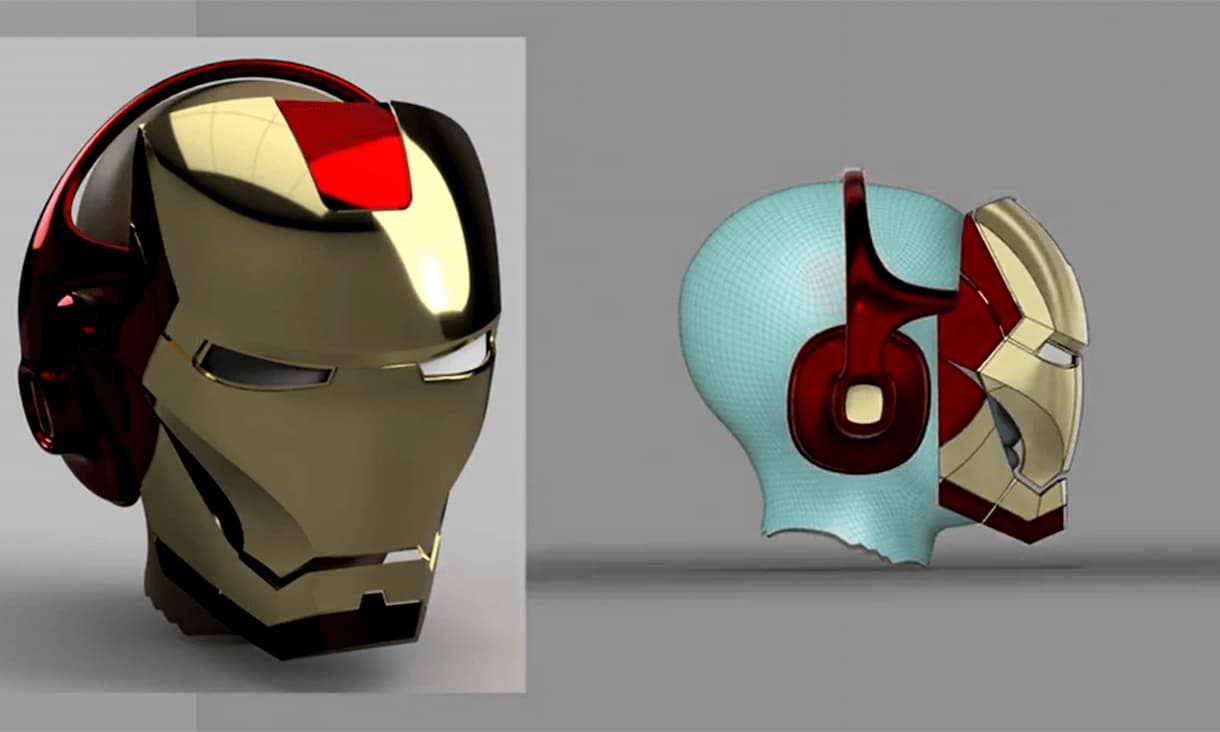Environmental Engineering
Securing safe water supplies for remote communities in Western Australia
Excessive levels of nitrate in drinking water have been heavily associated with methemoglobinemia (blue baby syndrome) for bottle fed infants, colorectal cancer and preterm birth.
This student team investigated appropriate water treatment technologies for reducing nitrate levels in the water supply of a remote Western Australian community, which are above the Australian Guidelines for bottle fed infants at 50mg/L.
The team tested three water treatment technologies: solar distillation, ion exchange, and reverse osmosis to improve the water supply in the community of Mulga Queen. They found reverse osmosis to be the most appropriate technology, which is set to be installed at two centralized locations in the town.
Electronic and Telecommunications Engineering
Software tool development for Mission Control Operations training at RMIT
This project identified and addressed several flaws in current mission control operations software tools being used today.
The student team identified two alternative options:
the Mission Control Simulator – to support space mission operations training for undergraduate students at RMIT, and
Sprint Advanced Concept Training – to support real-world mission control operations by providing a flexible and customizable data visualization dashboard.
By using an open-source ideology and practicing agile workflows, both software tools were created at a fraction of the cost of typical web applications with a much faster development time.
Manufacturing Materials and Mechatronic Engineering
Simultaneous localisation and mapping for driverless Formula student racing car
This project used a specialised sensor and software suite to localise an RMIT racing car and perceive and classify obstacles to map the racetrack accurately in a driverless vehicle competition.
Manufacturing Materials and Mechatronic Engineering: An engineering approach to designing and optimizing solar energy technology
This project explores a proof-of-concept model which designs a solar photovoltaics (PV) system (rooftop solar system) specifically for the end-user. The model includes an energy retailer, an energy consumption profile for a typical household, determines the 'installed-cost' of the solar PV system and produces an optimal result.
A future opportunity exists to develop this model further by integrating battery technology, multi-orientation arrays and behind-the-meter technology.
Aerospace Engineering
3D printed continuous fibre reinforced polymer composities
This student team investigated ultrasonic welding and z-pin insertion as a means of rapidly repairing 3D printed continuous carbon fibre reinforced thermoplastic composites in-situ.
The team found that combining both z-pins and ultrasonic welding as repair techniques gave a full restoration in the material properties.
Chemical Engineering
CO2 splitting using a liquid metal catalyst
Reducing the volume of carbon dioxide (CO2) is essential to sustain human life in confined spaces and to combat global emissions.
This project investigated using various liquid metals as catalysts to decompose CO2 into carbon and oxygen.
Civil and Infrastructure Engineering
Sensor system to monitor long-span bridge structures
Using modern sensors systems to determine the structural characteristics of a long-span bridge in Melbourne, this student team provided a proof-of-concept of the use of sensor technology for structural health monitoring (SHM) in the future.
Electrical and Biomedical Engineering
Printing between the lines: Evaluating template materials for bone regeneration scaffolds 3D printing
Students performed a series of assessments to determine a suitable water-soluble thermoplastic for a new fabrication technique called Negative Embodied Sacrificial Template 3D (NEST3D) printing, designed to improve the development of bone-regenerative scaffolds implants from degradable biomaterials.
Students shine again despite second year of pandemic
Professor Aleks Subic, Deputy Vice-Chancellor STEM College and Vice-President Digital Innovation, said he was incredibly proud of EnGenius and the students’ achievements in 2021 despite the continuing COVID-19 pandemic.
“Virtual Engenius is one of the most innovative examples of engineering in the tertiary sector today,” he said.
“I was so excited to see this year’s projects, and it’s remarkable to see what our students have achieved despite the challenges of COVID-19.”
Executive Dean of the School of Engineering, Distinguished Professor Adrian Mouritz, also acknowledged the talent on show this year.
“Congratulations to all of our participants and winners, it’s a highly competitive process because we always have such a large pool of students entering the Virtual EnGenius,” he said.
Virtual EnGenius 2021 projects can be viewed until the end of November here.
Project ideas for 2022 can be submitted here.
Story: Thomas Odell



.jpg)

